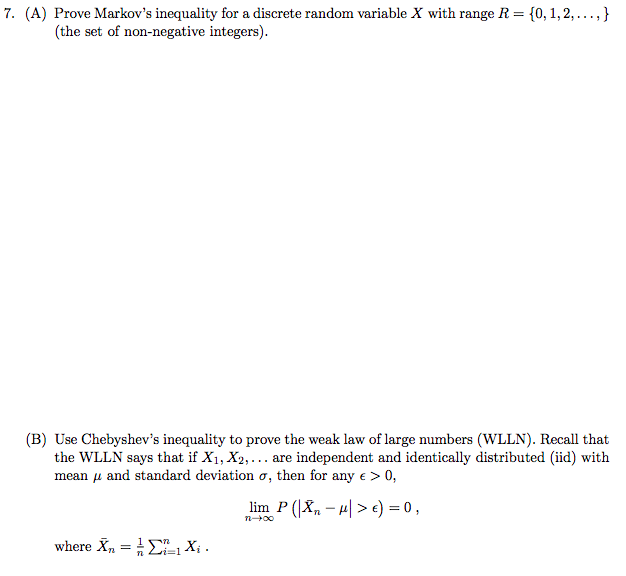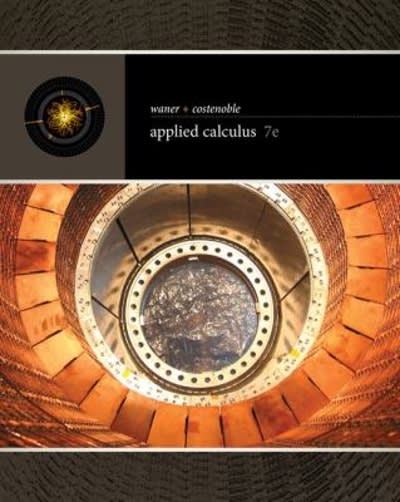Question
Question: For the exercise below you may perform the required I/O either by using system calls or by integrating your code with a C/C++ program.
Question:
For the exercise below you may perform the required I/O either by using system calls or by integrating your code with a C/C++ program. However, all of the actual work needs to be done in your assembly code. If, for example, you choose to do I/O in C++ I should see only calls to cout and cin. If you have questions about whether what you are doing is within the parameters of the assignment, ask.
Frequency tables are useful in data compression and other applications involving character processing. The Huffman encoding algorithm, for example, stores the more frequently occurring characters in fewer bits than other characters that occur less often.
Cre@te a program that constructs a character frequency table. Input to the program will be a user-generated string. You do not need to display the final table to the user. Hint: cre@te an array of 256 doublewords initialized to all zeros. Each array position is indexed by its corresponding ASCII code. When the procedure returns, each entry in the array contains a count of how many times the corresponding character occurred in the string.




Step by Step Solution
There are 3 Steps involved in it
Step: 1

Get Instant Access to Expert-Tailored Solutions
See step-by-step solutions with expert insights and AI powered tools for academic success
Step: 2

Step: 3

Ace Your Homework with AI
Get the answers you need in no time with our AI-driven, step-by-step assistance
Get Started


